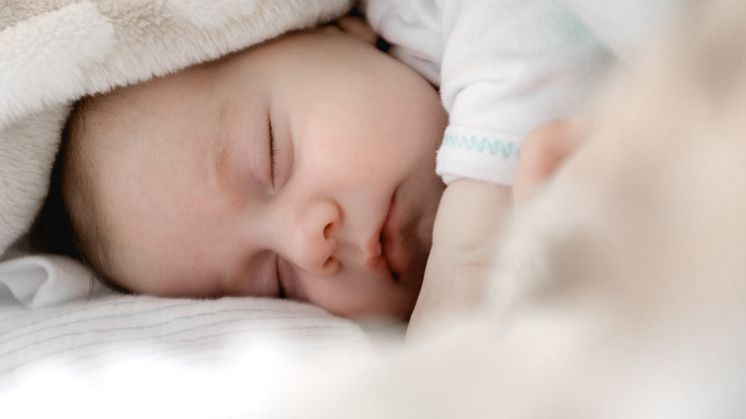
News -
New paediatric study concludes continuous wireless monitoring of infant sleep state at home is a promising alternative to current methods due to its portability and access to high-resolution data
A new paediatric study has concluded that the use of a continuous wireless patient monitoring platform makes it easier and simpler to monitor an individual’s sleep state at home, enhancing quality of life.
Polysomnography (PSG) is the current gold standard in high-resolution sleep monitoring; however, this method is obtrusive, expensive, time-consuming and patients usually have to sleep in a laboratory during this period. Conversely, commercially available wrist monitors can monitor sleep of patients at home for multiple days and at low cost, but often these devices overestimate sleep and cannot differentiate between sleep stages, such as rapid eye movement (REM) and non-REM.
Melissa Horger, a doctoral candidate at the Graduate Center, City University of New York, USA, carried out a study of infant sleep whilst patients were at home using the Patient Status Engine, a wireless monitoring platform designed and developed by Isansys Lifecare, and the Isansys Lifetouch body-worn cardiac sensors. She found this technology to be a promising alternative to these methods due to its portability and access to high-resolution data and customisable analytics.
She said: “Sleep occurs in a context with bedtime routines. Stripping that away and placing kids into a sleep lab for a polysomnography has implications for the quality of data and the conclusions that we can draw from that data. I wanted to see whether it was feasible to use wireless cardiorespiratory sensors and actigraphy to measure infant sleep whilst the children remain in their own homes. I found that the method proved very feasible and actually expands the potential for long-term sleep monitoring.”
She added: “The most important factors to assess within my study was the ease of use and portability of the technology. It was critical that the sensors were comfortable enough for infant and toddlers to ignore them and sleep soundly and that I could physically deliver the technology to the parents’ homes and they could apply the sensors to their children themselves and set up the system. This has become even more important due to the onset of Covid-19 and trying to minimise in-person contact as much as possible.
“During my study, I witnessed the ease and fidelity of how this can be used in the home by parents who have no specific medical expertise and believe this technology can really transform the way we carry out sleep research.”
Melissa’s study has recently been presented at the International Pediatric Sleep Association conference which took place virtually earlier this month (February). Her presentation can be found here.
For more information about Melissa’s study, please watch her video.